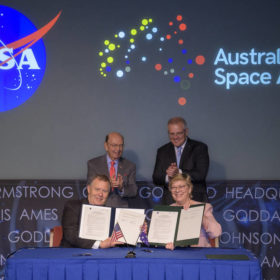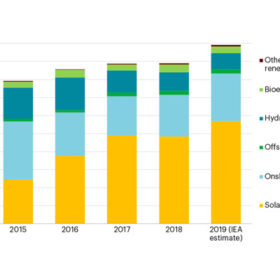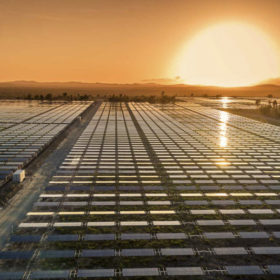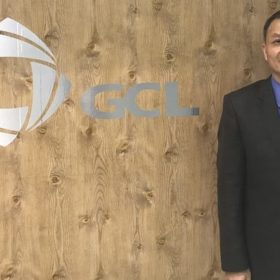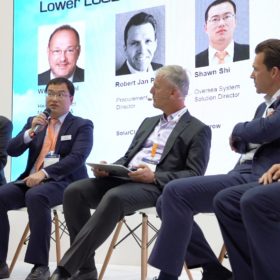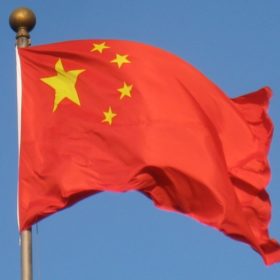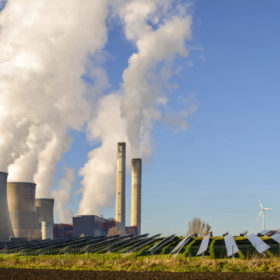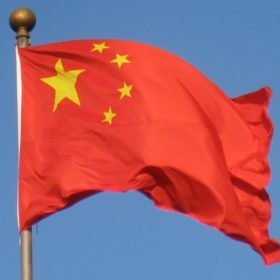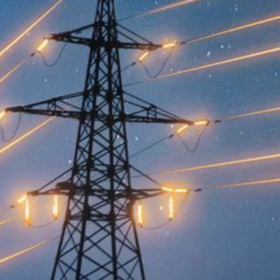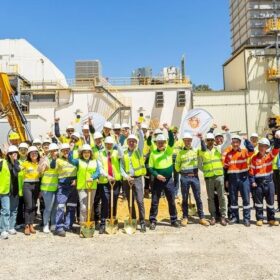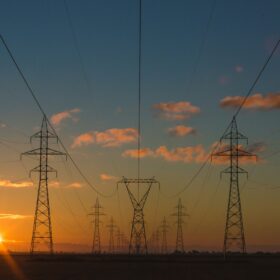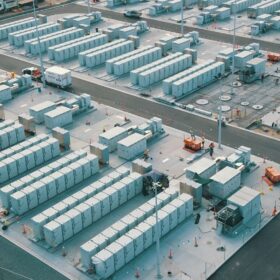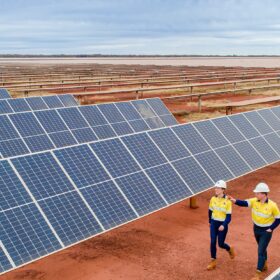Australia joins solar powered space race
The Australian Space Agency (ASA) has joined the next generation, or rather this generation, space race, between the U.S. and China. A $150 million investment from the Morrison Government into the ASA will see Australia partner with NASA on its next sustainable exploratory missions.
International Energy Agency forecasts 115 GW of new solar this year
The global expansion of PV, wind power and other clean energies will see double-digit growth this year as solar continues to lead the pack.
ANU set to provide blueprint for Australia’s renewable export industry
The Australian National University (ANU) has launched a new research project to provide a blueprint by which Australia can look to install itself as the renewable energy powerhouse of the region. The project raises both political and feasibility questions about Australia’s economic future.
‘Mono will supply 80% of the world’s solar by 2021’
Polysilicon manufacturer Daqo has announced the start of pilot production in Xinjiang and expects to ramp up to full output by the end of the year, doubling the company’s annual capacity to 70,000 MT. Some 90% of its poly will be mono by that stage and Daqo expects 40% to be suitable for n-type products next year.
Eric Luo: China will see just 20-25 GW of solar per year through 2025
The GCL System chief executive made comments that fly in the face of an expected solar gold rush in China that analysts predict will start this month. Though rising overseas demand will address overcapacity fears, according to Luo, the soundbite is sure to chill PV boardrooms across the world’s biggest solar market.
Longi: ‘Our larger wafer must be industry standard’
The Chinese giant has argued its 166mm M6 product should be the new iteration used worldwide, even though larger products have been launched by rivals. Longi says the fact existing cell and module production lines can be adapted for the M6 means rising demand for solar worldwide can be swiftly satisfied.
China to fund 450 MW of solar capacity in Bangladesh
The two nations are due to sign an MoU today to set up the capacity in the north of Bangladesh along with 50 MW of wind power facilities in the south, near the port of Payra. China will supply an estimated $500m with the host nation freeing up land for the projects.
China Power figures show how much cheaper solar is than coal
A mix of higher operating costs and ageing coal assets – plus historically generous solar tariffs – meant the utility banked more profit from the 1.53 TWh of solar electricity it sold in the first half than it did from 25.9 TWh of coal-fired power.
The Chinese solar market is changing shape
Two reports have described how the world’s largest renewable energy market is moving towards maturity. According to the Brookings Institution, the Chinese clean energy market could become more open to Western investors and tech. A report by Fitch claims projects are moving back to inland provinces from coastal regions.
Big news as Zhonghuan Semiconductor unveils 12-inch super wafer
The manufacturer says its Kwafoo product improves efficiency and, if used in the optimal p-type PERC type of panel, could boast a module output of 610 W.
